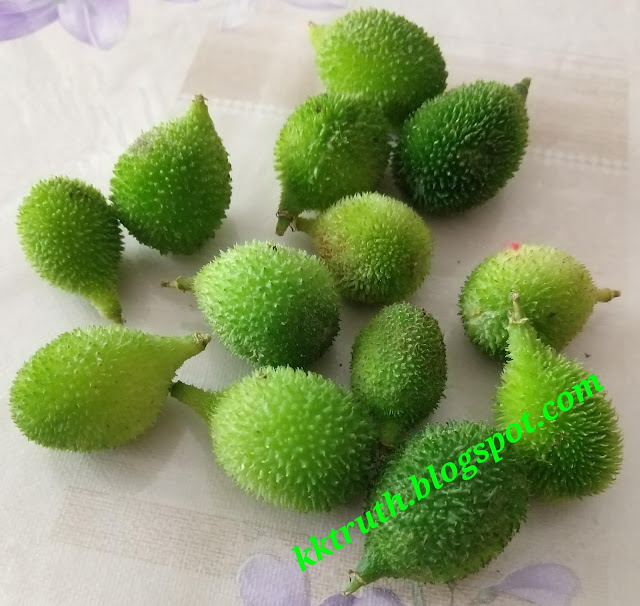Many times we buy branded coffee from our local shop, thinking that these packets contain only coffee, maybe refined, but coffee only. But it is not true. If you see the ingredients on the packaging, there may be something else also. Generally, you will find Chicory mixed with coffee in varying percentages. But what is chicory? Coffee and chicory are different things. The first difference is that coffee is obtained from roasting and grinding the coffee beans, while chicory powder is obtained from mincing, roasting, and grinding chicory roots. The second difference is that coffee contains caffeine but not chicory.
The chicory powder, when brewed, tastes like coffee but has flavors something like nutty and woody. It is said that chicory became popular in the 1800s when there was a massive coffee shortage in France. The chicory was found to be a good substitute. They started mixing chicory in the coffee to reduce the cost of coffee, and it remained popular even after the coffee shortage ended. Chicory is also taken by those people who want to reduce their caffeine intake.
Apart from the taste, it may have some other health benefits like decreased blood sugar, reduced inflammation, and improved digestion. Some studies say that chicory improves bowel function and reduces constipation.
I searched Amazon for coffee and found mainly these types of coffee mixes:-
1. 100% pure coffee
See the yellow ring in the picture on the left. 100% pure coffee is marked on it. You can find it on this link - https://amzn.to/2B3uZHp
There is another brand also on Amazon, which is marked 100% pure coffee. See the yellow circle and the arrow on the picture at right. Its Link is-https://amzn.to/2MnPbIq
You can find many other 100% pure coffees if you search the site.
2. Coffee mixed with chicory
There are mixed coffees also with different percentages of chicory. Some have 40% chicory while some have 20%.
See the picture on the left. While it is written that it has - RICH FILTER COFFEE POWDER, but see the yellow circle at the bottom where it mentions the composition as 80% coffee, 20% chicory.
Its link is-https://amzn.to/2B7n8se
 Here is another coffee, which is chicory mixed. They have mentioned it on the packet as 60% coffee, 40% Chicory.
Here is another coffee, which is chicory mixed. They have mentioned it on the packet as 60% coffee, 40% Chicory.
See the picture on the right.
Its link is-https://amzn.to/2vC1zuQ
Some brands have even different types of coffee beans, like Arabica and Robusta mixed with chicory powder. One of the brands has this mix in Coffee-63%, Chicory - 37%. They have named it Tribal Coffee. Its link is - https://amzn.to/2w35Gzi.
3. Chicory root powder
There is also pure chicory root powder for sale. See the picture at left. Written on the packet is -
All Natural caffeine-free & gluten-free CHICORY ROOT POWDER. Its link is-https://amzn.to/2w6JHHA
Those people who want to avoid caffeine can take this.
Those who want to taste try different coffee-chicory mix to get a suitable mix for the best taste may buy one 100% pure coffee and another 100% Chicory powder and try tasting it in different ratios.
Happy Coffee Day!
===<<<O>>>===
Thoughts Unlimited
INDEX
34. रवि की दिलेरी
30. How to type superscript and subscript in Blogger?
29. Was the lockdown announced by PM necessary for checking COVID-19? क्या लॉकडाउन जरुरी था?
28. Giloy, Guduchi, Gurich, Amrita - Traditional Ayurvedic Medicine
27. Monkey fruit -- Barhar, badahal
26. Mahua
25. Never bargain with a farmer
24. Ganda (गंडा) - a forgotten unit
23. Totka - Kale Ghode ki Naal - Earning from superstitions
22. Tikhur - The East Indian Arrowroot
21. Birdwatch - Swift, Swiftlets
29. Was the lockdown announced by PM necessary for checking COVID-19? क्या लॉकडाउन जरुरी था?
28. Giloy, Guduchi, Gurich, Amrita - Traditional Ayurvedic Medicine
27. Monkey fruit -- Barhar, badahal
26. Mahua
25. Never bargain with a farmer
24. Ganda (गंडा) - a forgotten unit
23. Totka - Kale Ghode ki Naal - Earning from superstitions
22. Tikhur - The East Indian Arrowroot
21. Birdwatch - Swift, Swiftlets
18. Never buy a cheap Geyser
17. Washing Machine - Semi-automatic or Fully-automatic
16. Chicory and Coffee
15. Khaksa, Khaksi, Konkari- The smaller Spine gourd - Food Blog
14. Rugra, (रुगड़ा), Phutka, Puttu - A type of mushroom - vegetable - Food Blog.
13. Jatadhari Bull - जटावाले ऋषभ (सांड़)
17. Washing Machine - Semi-automatic or Fully-automatic
16. Chicory and Coffee
15. Khaksa, Khaksi, Konkari- The smaller Spine gourd - Food Blog
14. Rugra, (रुगड़ा), Phutka, Puttu - A type of mushroom - vegetable - Food Blog.
13. Jatadhari Bull - जटावाले ऋषभ (सांड़)
===<<<O>>>===






